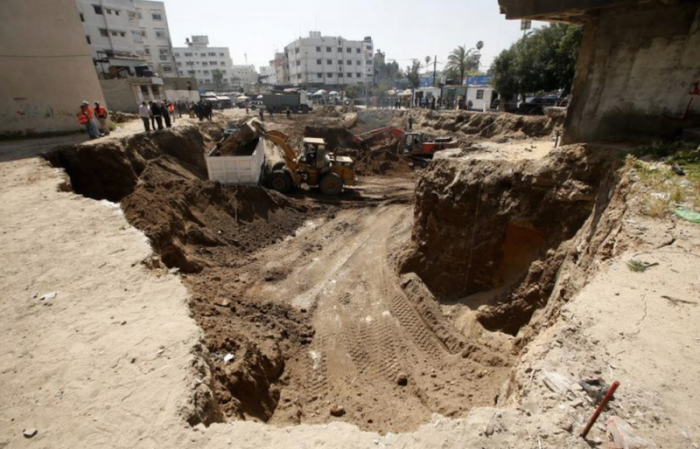Pool Found at Ancient Christian Site May Be Where Ethiopian Eunuch Was Baptized in Book of Acts

Archaeologists in Israel have made another discovery connected to stories in the Bible, as they found a large 1,500-year-old pool at an ancient Christian site near Jerusalem where the Ethiopian eunuch, as mentioned in the Book of Acts, might have been baptized.
The pool the archaeologists have unearthed is one among several that were built during the Byzantine era dating back to between the 4th and 6th centuries A.D. at Ein Hanniya Park between 2012 and 2016, according to World Israel News.
"The most significant finding in the excavation is a large and impressive pool from the Byzantine period," Irina Zilberbod, the excavation director for the Israel Antiquities Authority, was quoted as saying. "This pool was built in the center of a spacious complex at the foot of a church that once stood here. Roofed colonnades were built around the pool that gave access to residential wings."
"We believe that some early Christian commentators identified Ein Hanniya as the site where the Ethiopian eunuch was baptized, as described in Acts 8:26–40," Jerusalem District Archaeologist Dr. Yuval Baruch was quoted as saying. "The baptism of the eunuch by St. Philip was one of the key events in the spread of Christianity. Therefore, identifying the place where it occurred occupied scholars for many generations and became a common motif in Christian art."
Zilberbod said it's difficult to know what the pool was used for "whether for irrigation, washing, landscaping or perhaps as part of baptismal ceremonies at the site."
The Armenian Church owns part of the site and holds religious ceremonies there, as also does the Ethiopian Church.
The site will open to the public in the coming months, the report said.
Last month, Israeli archaeologists discovered a small, highly decorated pottery shard, which is about 2,300 years old and depicts the birth of the Greek goddess Athena, at a site that is believed to be the biblical town Bethsaida, where Jesus performed miracles.
The shard was uncovered by the Bethsaida Excavations Project at a dig site north of the Sea of Galilee in 2016, but the archaeologists found out last month that it depicts the goddess Athena springing to life fully formed from the head of her father Zeus, as the nymph Dione and goddess Aphrodite look on.
Last year saw numerous archaeological discoveries that researchers connected to stories in the Bible.
In December, for example, Greek and Danish archaeologists investigating Lechaion's harbour areas, as part of the Lechaion Harbour Project, discovered traces of Roman engineering and ancient buildings.
The port, which is located on the gulf of Corinth, was previously one of two that connected Corinth to trade networks in the region that helped the area to become fabulously wealthy. The Romans destroyed Corinth in 146 BC while conquering Greece, and Julius Caesar rebuilt the city and its harbours in 44 BC.
Jesus' disciple Paul visited the ancient city while it was under Roman rule, according to the Bible.




























